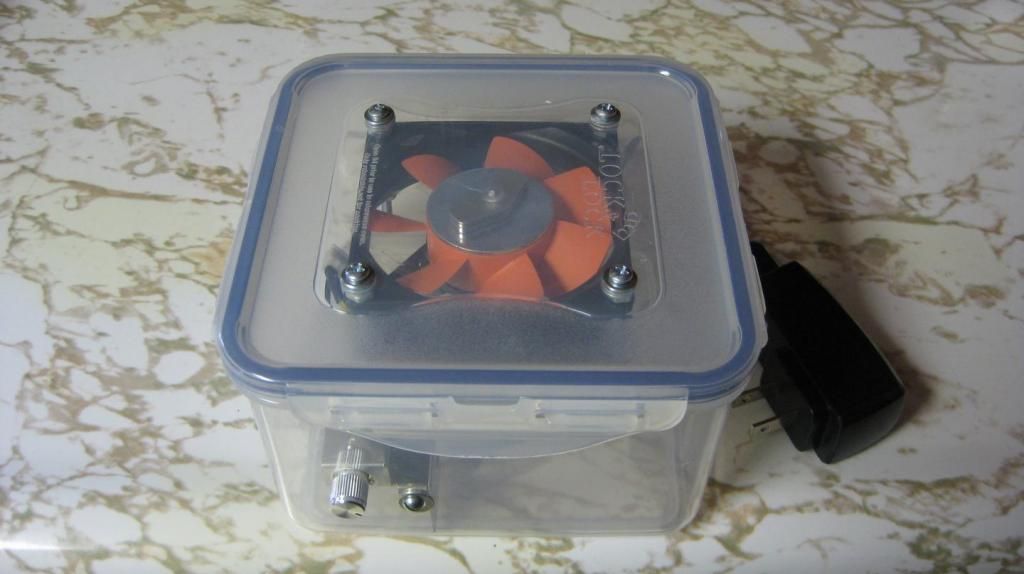newfiebrew
Well-Known Member
- Joined
- Mar 6, 2014
- Messages
- 238
- Reaction score
- 13
Hello.... what would be a good dry yeast to use as I'm new to brewing and do not have a stir plate to make a starter? Nottingham or us-04???
thanks!
thanks!

Hello.... what would be a good dry yeast to use as I'm new to brewing and do not have a stir plate to make a starter? Nottingham or us-04???
thanks!
This is not intended to contradict orangemen5 as he is correct a stir plate is not required. I'm new and have added a variety of equipment in the 8 months I've been brewing. Nothing has been as valuable as the $40 I spent on a stir plate. Unless you are sticking to dry yeast or pitching on yeast cakes....get one.
Hello.... what would be a good dry yeast to use as I'm new to brewing and do not have a stir plate to make a starter? Nottingham or us-04???
Newfiebrew,
If I may make a suggestion, maybe consider Danstar Windsor. Its a british yeast that does leave some flavors behind and doesnt ferment as completly as Nottingham. You will be left with a lil bit more sweetness and body. SO 4 will be similiar, but will fermen a lil bit more out. And then SO5/Nottingham will have the most complete fermentation with no profile in the flavor.
thanks!
I turned this USB fan into a stir plate and used hard drive magnets on the fan. Works great and I've made a gallon starter with no issues. Just make sure to match the stir bar size to the magnet and it will work fine.
I mostly use a 2L flask, but have a tall rubbermaid container with a flat bottom that has a 4L capacity for making larger starters if necessary.

Could someone suggest a good stirplate and what size flask is best? I have read a review on the one at stirstarters.com and some say it struggles with large volume starters (2000ml or higher)???
What did I do wrong?
I brewed this up in June (followed recipe except scaled up to 6gal and a lower efficiency) and have had it on tap for a few weeks now. It tastes AMAZING but has no head whatsoever, and any foam I am able to create by pouring straight down the middle of the glass (which isn't much) fades quickly. What could cause this? Is it just not carbed enough? I've got it set at 12psi right now which is my normal serving pressure. The other beers on tap are fine (one was added much later) and don't have any oats/wheat while this one has 1.3lbs.
I was planning on entering this in my first competition next month (probably still will) so I'm pretty bumbed. Any ideas?
Sent from my iPhone using Home Brew

Yeah I stopped using Fermcap on heavier beers due to lower head retention even with enough items to make it big. I think that small little amount of oil slick causes issues on darker beers. I have no problems on other beers with rye or barley, just the porters and stouts.
It is a great recipe that Yooper put together. I follow it almost exactly (I toast my oats everything else is the same) so really haven't changed it and will give credit where credit is due. Score consistent 39-42's with it. Found a sweet spot for aging and serving that I think really adds to the complexity of this beer.
As always thank you Yooper for sharing this recipe and insight.
Yooper I'm about to barrel age this recipe again. I'll let you know when to look for a package. ..



Hi folks. So I'm really excited to brew this up for the first time. Not excited about how my LHBS crushed black patent into my bag though!
Any ideas how I can try and bring this beer back around with all that black patent roastiness in there? Maybe secondary on vanilla beans? I would love any ideas on how to smooth this beer out. Thanks!
Still trying to figure out the whole "Black Barley" ingredient. My current take is that most maltsters produce a roasted barley that is around 500L and Breiss calls their version of this "Black Barley". It appears that what Briess markets as roasted barley is around 300L and is not what the majority of maltsters would call roasted barley.
Does anyone have any evidence that Briess "Black Barley" is really something different than another companies roasted barley?

I followed original recipe but used S04. My first time brewing a stout and I don't really drink a lot of stouts. 3 weeks primary; 3 weeks bottle. Primed with 5oz corn sugar.
It's Very Good! I'm interested to see how it changes over the next several weeks because I think it's still a little green. I did not get a lot of nose, but what was there is nice. Nice chocolate head. I get chocolate and coffee but I'd say this is easy drinking as stouts go. I may have a little more carb than what the style calls for...I think it's made the mouth feel just a little thin....I could be drinking it a little colder than what is "proper" also.
I really like this.....I'm anxious to share this with friends that enjoy stouts to see what they think.
Thanks for the recipe!
Enter your email address to join: